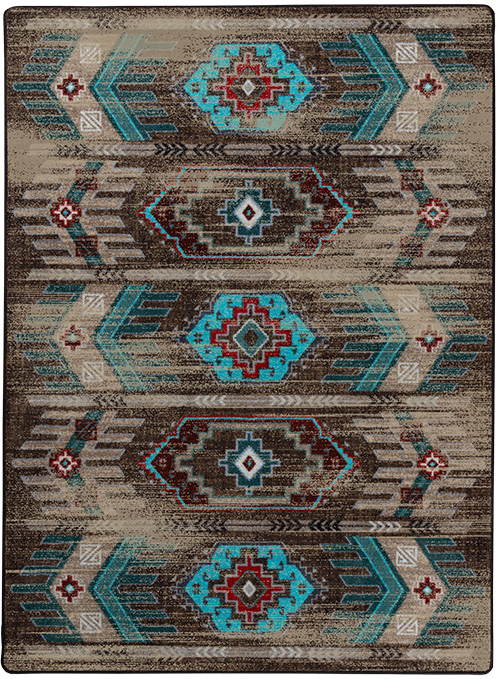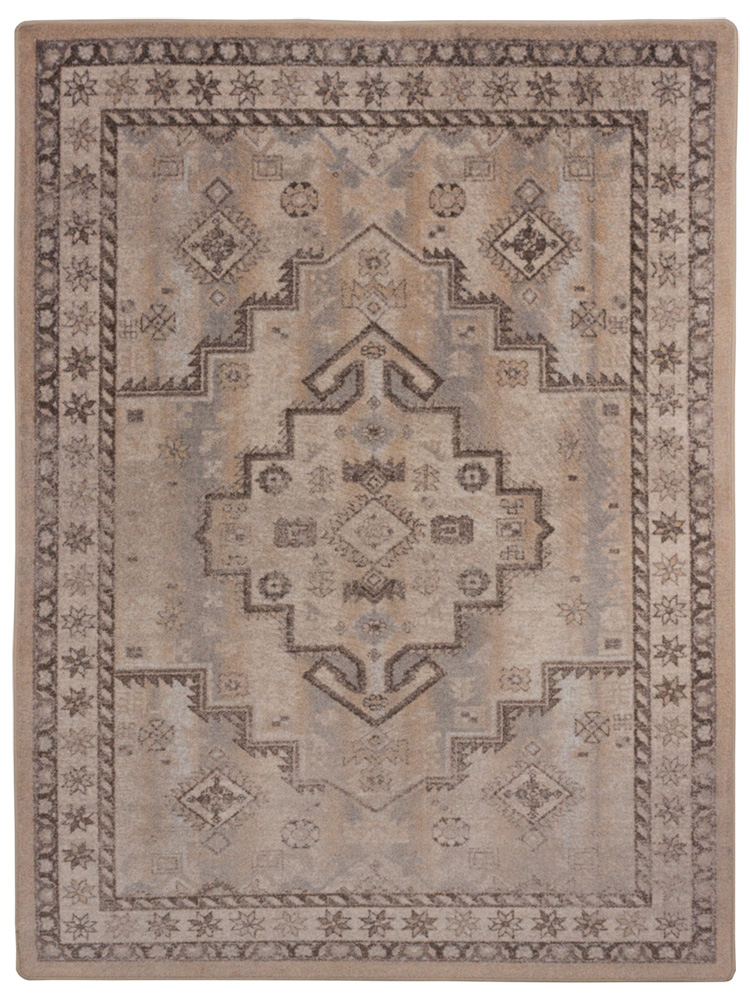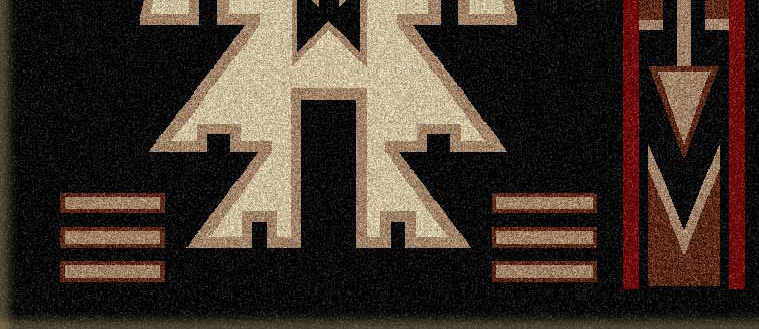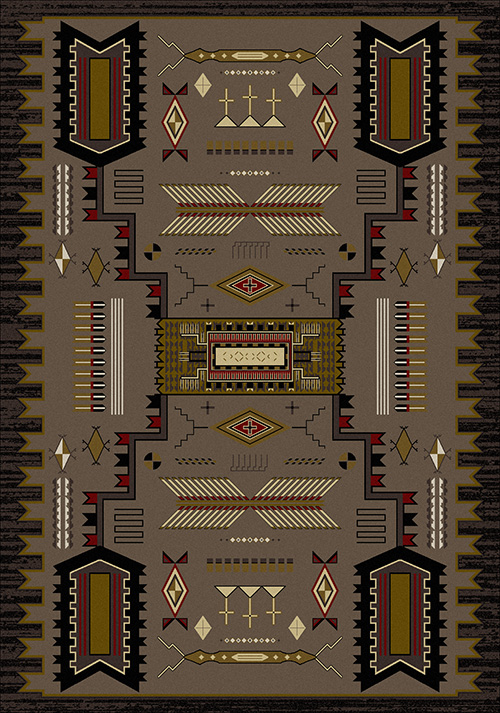woven rugs native american
This is a banded carpet. It would be called either an Eyedazzler or a Chinle depending on who is dazzled. Thank you for your wonderful website. It is very helpful. Our family lived around Church Rock in the late 70s. My parents bought a few rugs near "Legacy Park" as well as a few rugs from a Navajo family that weaved and lived in a hut. I can remember the mutton stew as well as the fry bread. I can't recall their names. Your help would be greatly appreciated if you could identify the type and make of the rugs.



